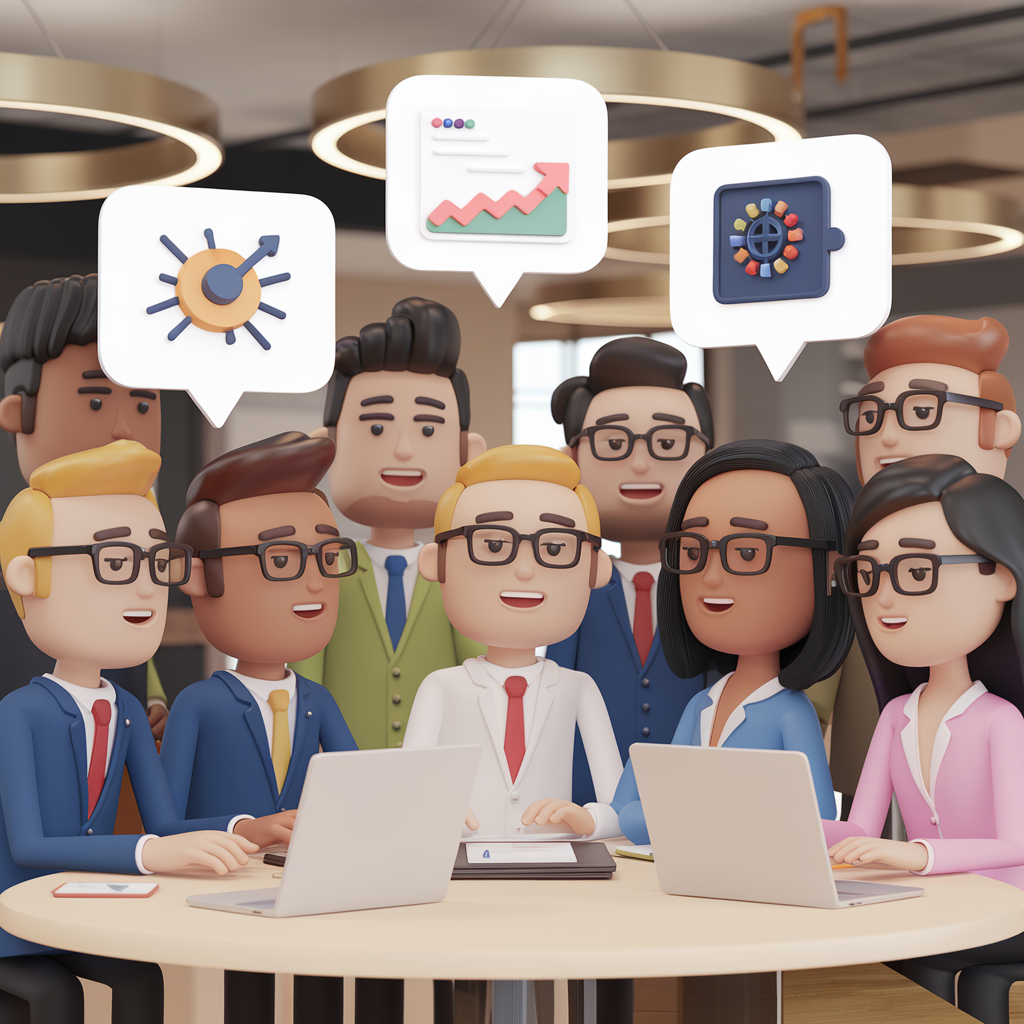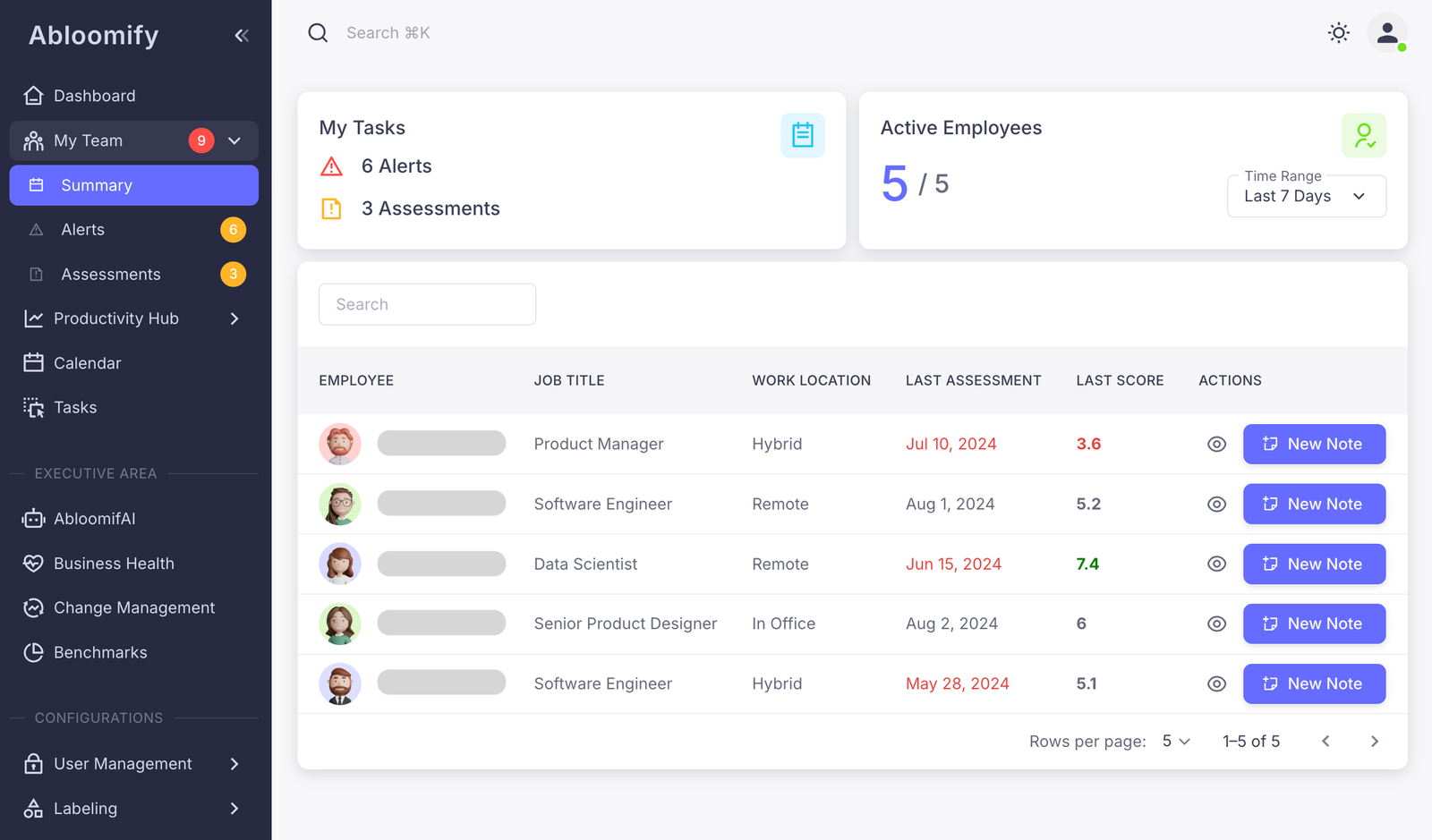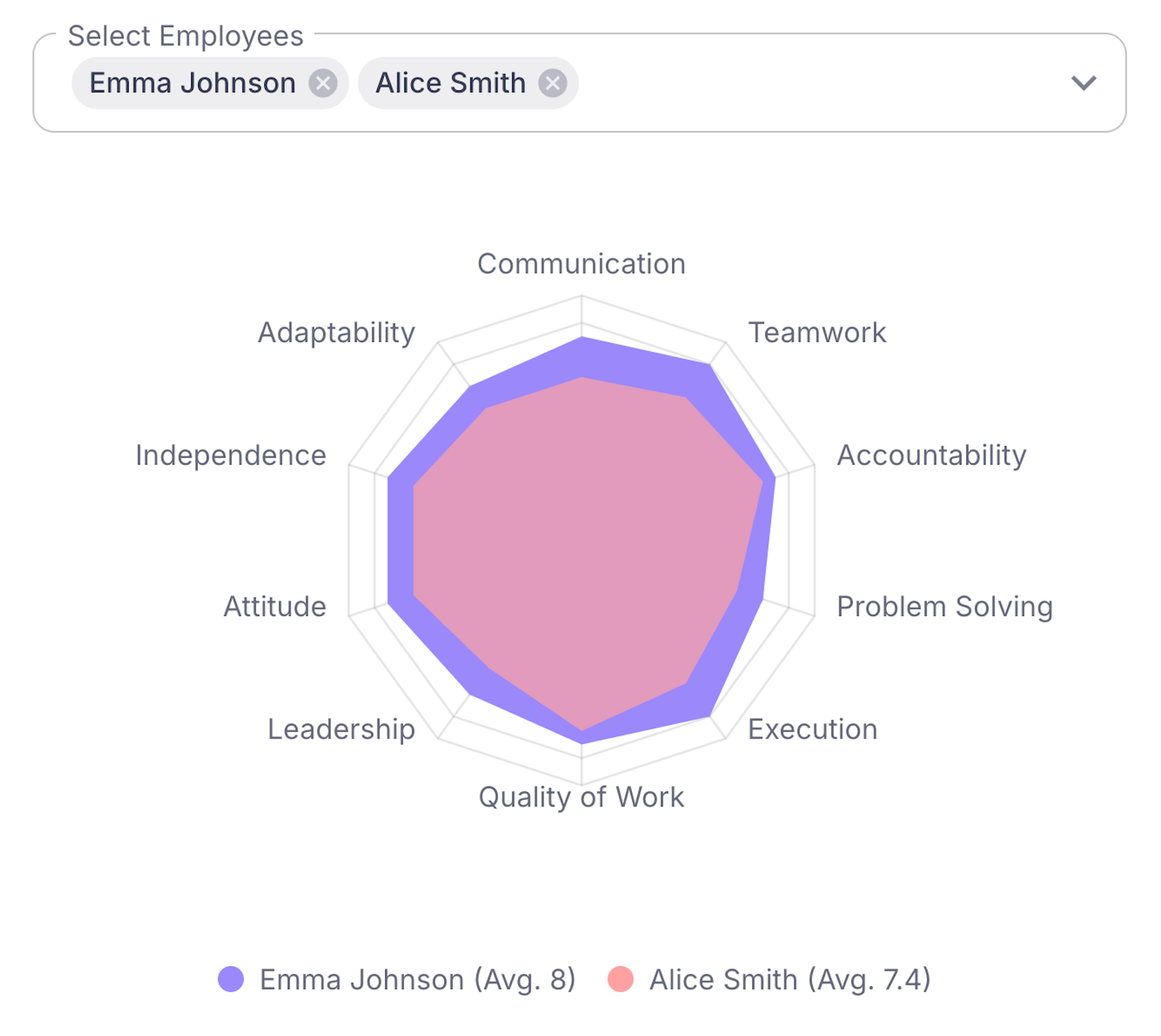Choosing the right HR tools is critical for tech companies aiming to build resilient, high-performing teams. This guide explores top-rated solutions to optimize workforce management, enhance performance, and foster sustainable growth.
Understanding HR Needs in Tech
Understanding HR needs in tech means acknowledging challenges unique to this industry. Tech companies often grapple with high turnover rates, rapidly evolving technology, and the complexities of remote work. These challenges necessitate pinpointing specific pain points to tailor HR strategies effectively.
It’s essential to tackle needs like identifying skill gaps and implementing productivity tracking mechanisms. For example, rapid technological advancements often create skill gaps. HR tools capable of quickly spotting these discrepancies can streamline training and hiring processes, keeping your team up to date.
Here’s why considering tech-specific solutions is key:
– AI Insights: Use AI-powered tools to analyze vast amounts of employee data. They can uncover insights that improve decision-making and predict areas like employee attrition.
– Performance Assessments: Automated performance assessments provide consistent and unbiased reviews, helping tech teams maintain high productivity levels. They offer real-time feedback, encouraging employee development.
– Capacity Planning: This involves allocating resources efficiently. HR tools can analyze data to ensure the right people are in the right roles, which is critical for tech companies facing dynamic project requirements.
Selecting tools that offer these capabilities can transform how HR operates within tech firms. To delve deeper into using AI to boost productivity in tech environments, explore our guide on unleashing productivity and leadership with AI. This ensures your HR tools are not just a part of administrative processes but are integral to achieving strategic outcomes.
Evaluating Top HR Tools
Choosing top-rated HR tools for tech companies demands a focus on features tailored to the unique challenges faced in this dynamic sector. Key attributes to prioritize include:
- AI-driven performance management: Tools equipped with AI capabilities can analyze performance patterns, offering insights to improve productivity. AI helps in predicting turnovers and skill requirements.
- Seamless integration: HR tools should easily integrate with existing software to ensure data consistency. This minimizes disruptions and enhances operational workflows.
- Data-driven decision support: Tools that provide robust analytics and reporting capabilities enable leaders to make informed decisions. Such features help in workforce planning and performance tracking.
Some leading platforms exemplify these attributes. They offer intuitive, user-friendly interfaces and flexible modules that can be customized to meet specific tech needs. User reviews often highlight high adaptability and effective support systems as significant advantages, along with the capacity to handle remote and hybrid workforces efficiently.
Notably, there are solutions like those offered by Abloomify that stand out for tailoring their functionalities specifically towards data-driven decisions in tech settings. By improving decision-making speed and accuracy, they align closely with organizational objectives.
Beyond these features, the ability of a tool to address tech-specific pain points, such as skill gaps and productivity issues, is invaluable. For more insights into strategic implementation, explore methodologies for enhancing productivity in team dynamics, an essential companion to any HR toolkit selection process.
Implementing HR Tools for Maximum Impact
Implementing top-rated HR tools effectively involves a structured approach to maximize their impact within a tech environment. Successful implementation begins with seamless integration into your existing tech infrastructure, ensuring compatibility and smooth data flow between systems. This minimizes disruptions and enhances productivity.
Next, focus on a robust onboarding process for your team. A clear, step-by-step guide can help employees understand the new tool and its benefits. Consider hosting interactive training sessions or providing digital resources that outline functionalities and key features.
Engaging your team is essential for successful implementation. To encourage adoption, explain how these tools can ease their workload and enhance productivity. Creating feedback channels allows team members to express concerns and suggest improvements. This open communication fosters a culture of collaboration and trust.
Tool integration offers a real-time insight engine, aiding in decision-making and reducing employee burnout. Features like automated reporting and analytics provide instant data access and enable informed organizational decisions. When considering tools, those that offer a comprehensive view of employee engagement metrics are invaluable.
Take inspiration from tech companies that have embraced these tools, achieving remarkable outcomes. For instance, a company overhauled its performance management by utilizing AI-driven insights, leading to a significant reduction in burnout. Engage with success stories to learn best practices for your implementation journey. Delve into resources on AI-driven HR solutions for tech teams to explore their transformative potential.
Measuring Success and Continuous Improvement
Measuring the success of HR tools is crucial for any tech company eager to stay competitive. Key performance indicators (KPIs) provide a way to evaluate the tool’s effectiveness and drive continuous improvement. Here’s how you can measure and enhance HR tool performance for your team:
- Productivity Growth: Analyze output before and after tool implementation. Increased productivity often indicates the tool’s positive impact.
- Employee Retention: A decreased turnover rate can signal success. Regularly assess employee engagement to spot trends early.
- Skill Development: Track training outcomes and employee skill advancement. Tools offering learning modules can facilitate continuous growth.
Embrace a feedback loop by continuously collecting employee input. Feedback identifies areas for improvement and supports a culture of adaptability. When harnessed effectively, data feedback loops offer insights for strategic adjustments to optimize HR operations.
Leveraging advanced analytics and AI-driven recommendations facilitates ongoing refinement. Embrace tools offering continuous performance assessments, as they provide dynamic feedback aligned with organizational goals.
An organization employing systematic performance reviews can sustain a competitive edge. Real-time insights can bolster decision-making processes, enhancing overall workforce effectiveness. Our discussion on how to harness AI for optimizing workforce performance provides more actionable insights.
Unlock the true potential of your HR tools with a focus on user-centric data-driven strategies. The right approach ensures not only the tool’s success but also positions your team to thrive in a tech-centric environment.
Final words
By selecting top-rated HR tools, tech leaders can drive growth, improve performance, and optimize team dynamics. Choosing platforms like Abloomify offers tailored AI insights that streamline operations and empower high-performing teams. For more tailored solutions, connect with us.



